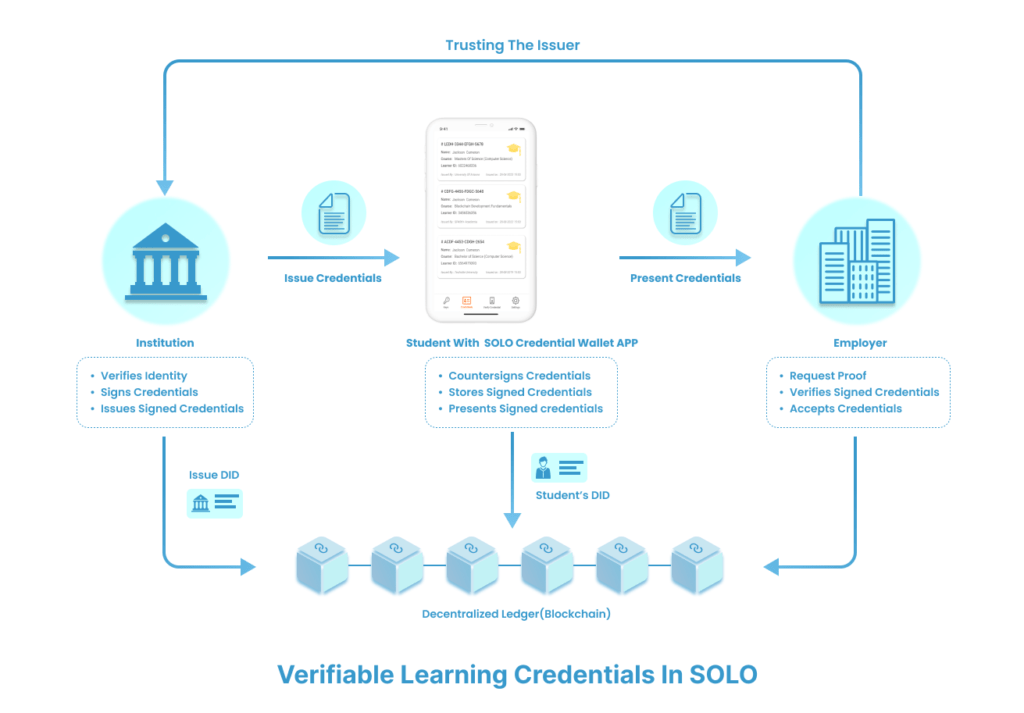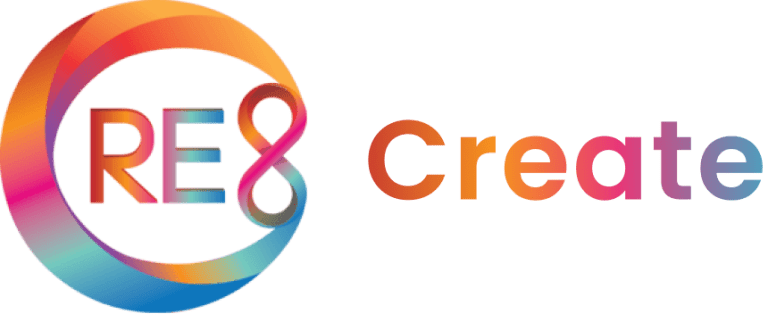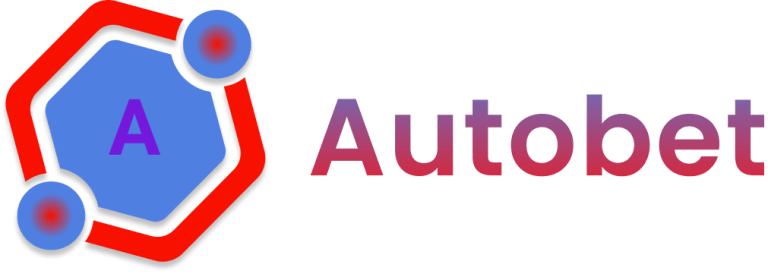Revolutionize Learning Credentialing with Blockchain Technology
Leave behind the constraints and inefficiencies of traditional learning credential management and step into the future with SPARK+ Technologies. Our advanced blockchain solutions provide rapid deployment and exceptional adaptability, enabling you to transform your approach to managing learning credentials with ease. With SPARK+ Technologies, you can unleash the full potential of your digital learning credentials and take charge like never before. Join forces with us and discover the power of blockchain-based learning credential issuance and management.





What is Learning Credentialing?
Learning Credentialing is a process of storing and sharing your educational and professional achievements that can be accessed at any time by anyone. Blockchain technology offers a secure and tamper-proof way to store and share your credentials, making this process more convenient and accessible.
How does it work?

Each credentialing organization issues its own digital credentials to individuals which are then stored on the blockchain, making it easier to access and share with others. The process is secure, transparent, and verifiable.
- Reduces Fraud
- Saves Time & Costs
- Provides Accurate Records
- Streamlines Hiring Process
Benefits
Employment
By using digital credentials to share and verify their skills and achievements, students can increase their chances of finding employment in their field of study. This provides a secure and verifiable record for potential employers, helping students stand out in a competitive job market.
Government
Governments can improve the efficiency and accuracy of their verification processes by using blockchain-based solutions to verify an individual’s credentials. This can reduce the potential for fraud and errors, ensuring that only qualified individuals are granted licenses or benefits.
Non-profits
Non-profits can enhance the quality of their services by verifying the skills and qualifications of their volunteers and employees. This can help ensure that their beneficiaries receive the highest level of support and assistance.
Security
Blockchain technology provides a secure and tamper-proof way to store data, ensuring that students’ credentials are safe and cannot be altered. This can give students peace of mind and confidence in the security of their personal information.
Transparency
The transparency of Learning Credentialing systems allows anyone to verify the authenticity of a credential. This can help reduce fraud and make it easier for employers to verify the qualifications of potential employees, increasing trust and confidence in the credentialing process.
Efficiency
Learning Credentialing can streamline the credentialing process by allowing students to share their credentials with employers and other organizations with a single click. This eliminates the need to mail or email physical copies of transcripts and certificates, saving time and reducing the potential for errors.
Features
Security
Blockchain technology provides a secure and tamper-proof way to store data.
Transparency
The system allows anyone to verify the authenticity of a credential.
Efficiency
The credentialing process can be streamlined.
Verifiability
Credentials can be easily verified by employers and other organizations.
Portability
Credentials can be easily transferred from one organization to another.
Reusability
Credentials can be reused for multiple purposes.
Scalability
The system can be easily scaled to accommodate a large number of users.
Cost-effectiveness
The costs associated with credentialing can be reduced.
Accreditation
The system can be accredited by a recognized organization.
Standardization
Credentials can be issued in a standardized format for easy verification and acceptance.
Accessibility
The system can be accessed by anyone with an internet connection, regardless of location.
Personalization
Credentials can include the individual's name, photo, and other relevant information.
Up-to-date
Credentials can be easily updated to reflect current qualifications.
Trustworthiness
The system is trusted by employers and other organizations, making it easier for individuals to find jobs and advance their careers.
Future-proof
The technology is well-positioned to meet the needs of the evolving workforce.

Cyborpay
Crypto Wallet and Payments
Crypto Wallet & Payments
- Turkey

Galaxii
Decentralized Video & NFT Platform
Decentralized Social Media & Community
- USA

WEMP
Women Empowerment Token
Decentralized Finance
- USA

Autobet
Decentralized Lottery & Gaming
Lottery & Gaming
- New Guinea

Decentralized Identity
SSI Based Identity Management
Decentralized Identity
- USA

Artistry
NFT Marketplace for Artists
Asset Management & NFTs
- USA

Smart Ballot
Blockchain Based Voting System
Voting & DAO
- USA

Diamond Supply Chain
Blockchain Based Supply Chain
Supply Chain
- UK

Followgoa
Experiential Travel and Tourism
Travel & Tourism
- India
EXCELLENT
EXCELLENT

Autobet

RateMyGrass

SparkLand

Diamond Supply Chain

BookMyTrek

Cyborpay

Weedcommerce









FAQs
What is Learning Credentialing?
Learning Credentialing is a new way to store and share educational credentials using blockchain technology.
How does Learning Credentialing work?
Students can store their degrees, certificates, and other academic records on a blockchain-based platform. This information can then be shared with employers and other organizations in a secure and verifiable way.
What are the benefits of Learning Credentialing?
Learning Credentialing can help to reduce fraud and make it easier for students to get jobs after graduation.
Who is using Learning Credentialing?
A number of educational institutions and organizations are currently using Learning Credentialing, including MIT, Harvard, and the Learning Registry.
How can I learn more about Learning Credentialing?
There are a number of resources available to learn more about Learning Credentialing, including the Learning Registry website and the Learning Credentialing blog.
What are the challenges of Learning Credentialing?
One challenge of Learning Credentialing is that it is a new technology and there is still some uncertainty about how it will be adopted by the wider education and workforce communities.
What is the future of Learning Credentialing?
Learning Credentialing has the potential to revolutionize the way that educational credentials are stored and shared. It is likely that Learning Credentialing will become increasingly adopted by educational institutions and organizations in the future.
What are the security risks of Learning Credentialing?
As with any new technology, there are some security risks associated with Learning Credentialing. However, these risks can be mitigated by using secure blockchain technology and by implementing appropriate security measures.
What are the privacy risks of Learning Credentialing?
As with any new technology, there are some privacy risks associated with Learning Credentialing. However, these risks can be mitigated by using appropriate privacy measures, such as encrypting data and only sharing data with authorized parties.
What are the costs of Learning Credentialing?
The costs of Learning Credentialing vary depending on the specific implementation. However, Learning Credentialing can be a cost-effective way to store and share educational credentials.


